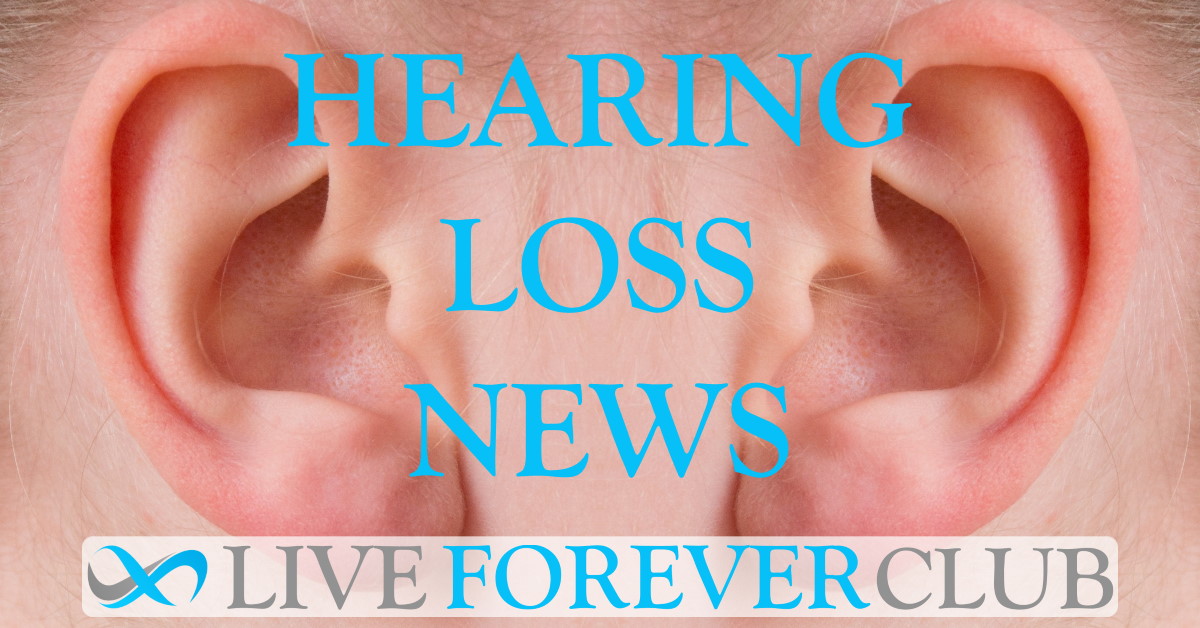

In this type of treatment, mesenchymal stem cells and Schwann cells are harvested from the patient’s own body. Stem cell therapies focus on nerve regeneration.

How Does Stem Cell Treatment for Nerve Damage Work? Also, nerve damage and treatments of systemic diseases like Alzheimer’s are completely different than those for peripheral nerve damage caused by diabetes.

Some patients may experience amazing results, but everyone’s body and situation are different. In other words, while there are solid scientific reasons to be excited about the potential of stem cells for treating nerve damage, it’s still too early to promise its effectiveness in every case.
The field of nerve regeneration is relatively new. Every patient’s health situation is unique. New damage may be easier to repair than existing damage. There are many different kinds of chronic damage. That question is difficult to answer for four main reasons: However, the question many patients really want an answer to is whether stem cell therapy will work for them personally. In some cases, but not all, this treatment may restore complete functional recovery. Studies show that it can reduce the total damage to peripheral nerves and improving tissue regeneration. Stem cell treatment for nerve damage shows great promise, and it offers significant benefits compared to other, more traditional treatments such as surgery. Is Stem Cell Therapy Effective for Nerve Regeneration? Is this type of nerve regeneration therapy effective? If you have nerve damage, hearing about stem cell treatment can understandably be very exciting. It can be frustrating for patients to deal with these symptoms, especially since effective treatment options may seem few and far between. Some types of nerve damage cause significant pain, while others have the opposite effect, making it hard to feel any sensations at all. Nerve damage can have a devastating effect on a person’s quality of life. This phase will include developing methods by which these drugs can be safely and effectively delivered to the cochlea.Updated January 2021 Stem Cell Treatment for Nerve Damage: Does it Work? Finally, Dr Wong will test a sample of the drugs developed by others that have shown promising treatments for Usher. Next, the team will determine the genetic and cellular markers that can be used to identify whether cells are growing. The first step will be to use these organoids as a test platform to screen existing and new drugs that arrest the loss of hair cells. Still, much work must be done to make this a successful and safe treatment. The secret to generating these organoids is regulating various growth factors and growing conditions, as these cells change states multiple times over a few months.ĭr Wong’s research has led to an international patent and is now at a stage where the process can be repeated on a larger scale. These new structures are called inner ear organoids. Then, different techniques transform them into cells with the characteristics of cells we find in the cochlea. These are forced in the laboratory to change into what scientists call pluripotent stem cells – cells that have the potential to become all types of cells. Stem cell treatment for hearing loss 2021 skin#
Their starting point in this ground-breaking work has been using skin cells from people with Usher syndrome. This problem has puzzled researchers for decades.Įar Science researchers have been working on a solution to regrow hair cells over the past five years. The hearing loss experienced by these children is caused by the failure of the tiny hair cells in the cochlea. She and the Ear Science team were recently awarded a Channel 7 Telethon Trust grant to develop a platform to test new treatments for Usher-related deafness. Loss of hearing and vision severely impacts their language and social development, education, and future employment.ĭr Elaine Wong, is a lead scientist at Ear Science Institute Australia, with expertise in stem cell and inner ear gene therapy. There is no treatment for this genetic-related condition other than a cochlear implant to restore hearing. If not already born deaf or with partial hearing loss, children with Usher start to lose their hearing and some aspects of their vision from about ten years of age. You could feel cut off from hearing people and seeing the world this is real for a small group of Western Australian children because they have a condition called Usher syndrome. Imagine not being able to hear or see properly.







 0 kommentar(er)
0 kommentar(er)
